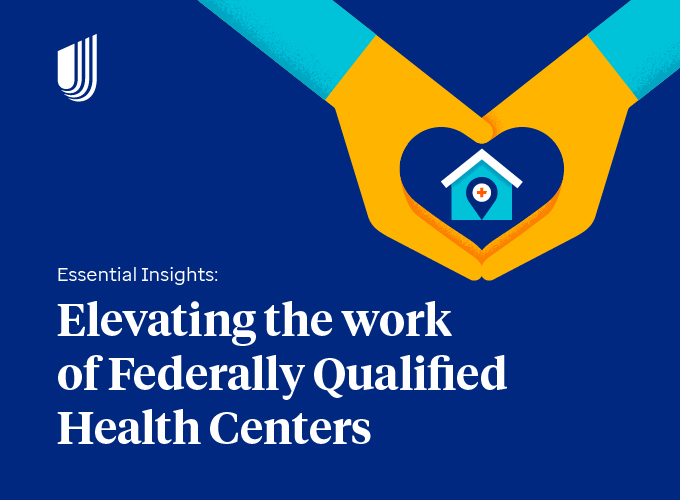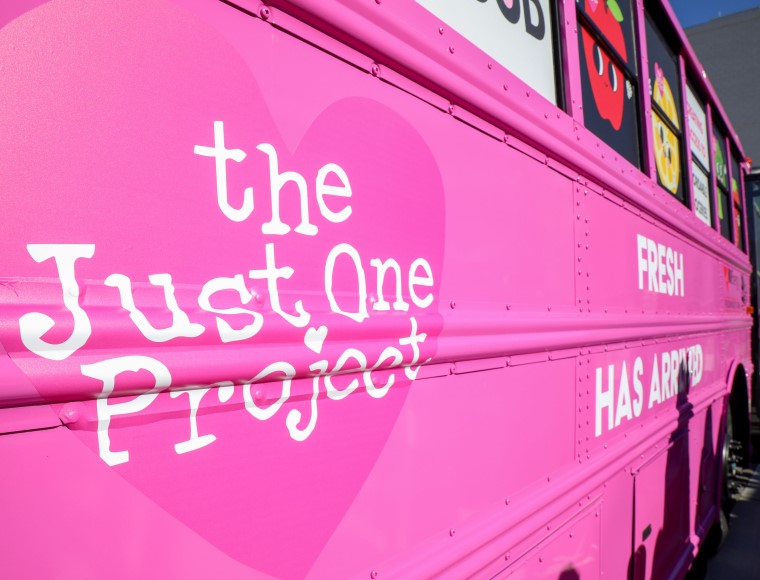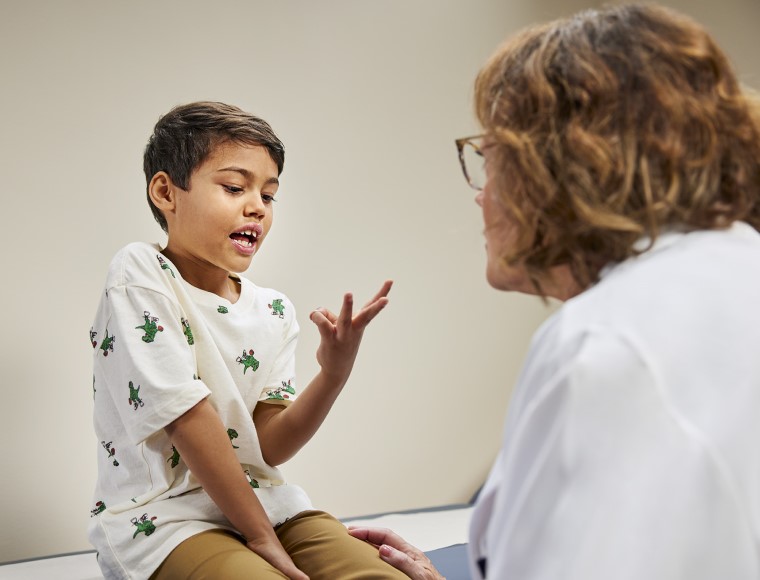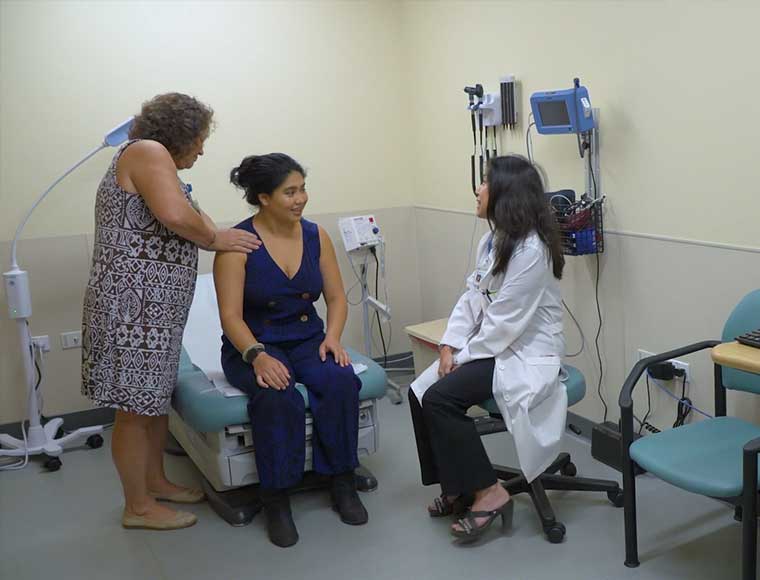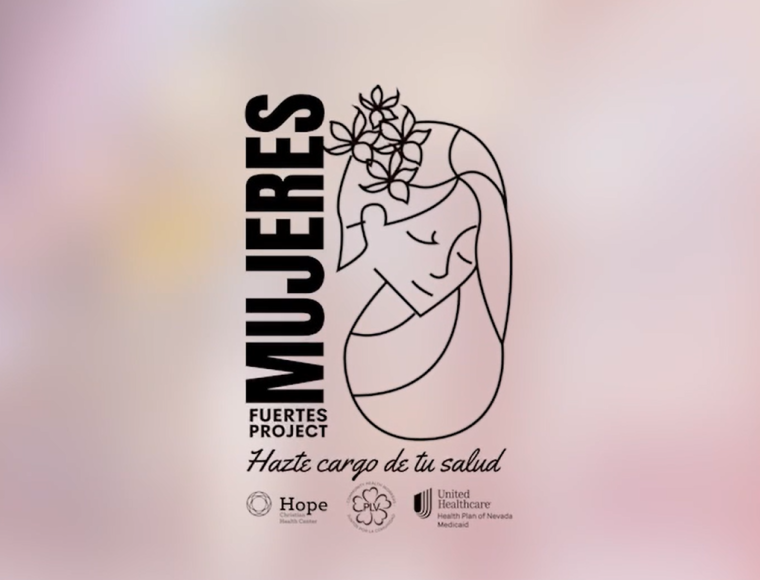People and families across the country continue to face big health challenges that disproportionately affect those covered by Medicaid. State Medicaid programs want to help their beneficiaries achieve better health outcomes, improve equity, and lower health care costs. By working together, UnitedHealthcare and communities are making a difference.
Leveraging population insights for data-driven, personalized support
People who are Medicaid eligible generally have poorer health outcomes than the rest of the American population. Even within Medicaid, people of color and those in rural areas face even great health disparities. Black women die at almost triple the rate of white women during pregnancy, birth, and immediately after birth.1 American Indian/Alaska Native (AI/AN) populations are nearly four times as likely to die prematurely compared to other racial groups.2 Black, AI/AN and Hispanic children are nearly two times as likely to be covered by Medicaid than children who are white.3
Where people live also affects health.4 Life expectancy for people with the same clinical profiles can be as much as 30 years different based on zip code. This is because of socio-economic factors, infrastructure challenges and neighborhood conditions impact people's ability to thrive. For example, our members often lack access to nutritious foods within their neighborhoods and may not have reliable transportation to get to grocery stores in other places. Their community may not have places where children can safely play or adults can safely exercise.
At UnitedHealthcare, we use data to identify poor health outcomes and disparities and to pinpoint where our actions may have the most impact. Analyzing social determinants of health data and understanding the local context help us to understand what is contributing to poor outcomes. We then can support individual and community health and equity through personalized supports such as:
- Integrated medical and behavioral health services, with support for social determinant needs and a focus on reducing disparities
- Building health care centers and increasing the health care workforce in areas experiencing severe shortages
- Investing in local infrastructure like healthy housing and grocery stores in areas where it is most needed
- Creating financial incentives that support high-value care delivery
- Screening our clinical vendors for diversity and ability to support health equity
Listening to our members and local stakeholders helps us understand lived experiences, challenges and priorities of vulnerable populations and how we can partner. UHC Community & State uses national, local member, and community advisory boards to inform our actions. For example, we partner with tribal councils, provider councils, and youth councils who provide guidance on the best ways to serve the people they represent.
We hear from thousands of people each year about what matters most to them. We then work closely with partners across the care ecosystem — providers, community-based organizations, state agencies and more — to co-develop responsive solutions based on community-expressed needs and priorities. We also listen closely to our state customers to ensure our priorities remain aligned with theirs.
Partnering to build healthier communities
UHC believes in partnering with the community to build sustainable infrastructure. We are investing in helping communities achieve improved housing availability, healthy food access, and care access. We continue to focus on strengthening community health infrastructure and developing collaboratives to improve health for all in the community. Together with our partners, we are working across sectors to strengthen equitable health and well-being at the ground level.
As a health care leader, it is our promise to support better health for all we serve. We do this by understanding America's biggest health challenges, deciphering where we can best help, and bringing personalized supports and community and provider partnership to help members and their communities.


